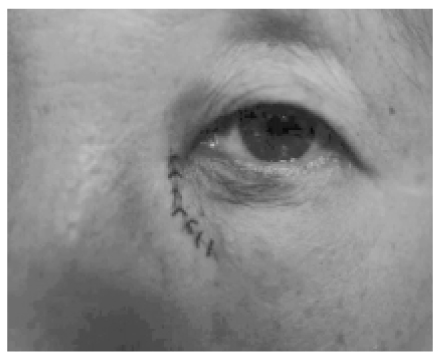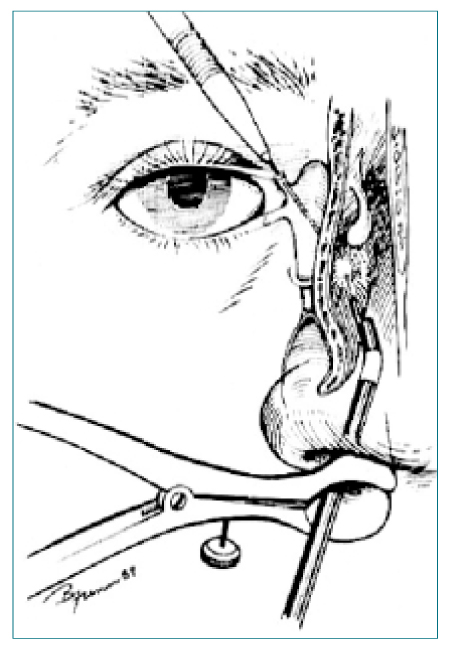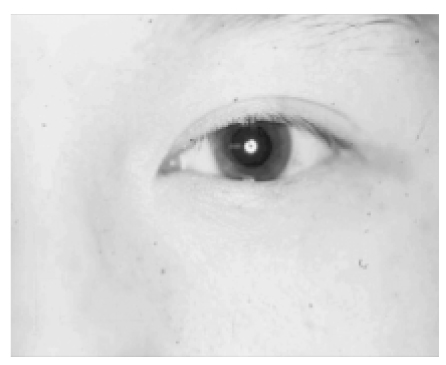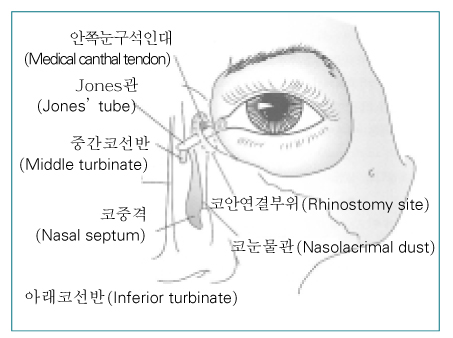J Korean Med Assoc.
2005 Jul;48(7):609-615. 10.5124/jkma.2005.48.7.609.
Surgical Management of the Lacrimal Drainage System
- Affiliations
-
- 1Department of Ophthalmology, Wonkwang University School of Medicine and Hospital, Korea. sangduck@wonkwang.ac.kr
- KMID: 2183585
- DOI: http://doi.org/10.5124/jkma.2005.48.7.609
Abstract
- Ahigh percentage of patients with disorders of the lacrimal drainage system present to the ophthalmologists with the complaint of epiphora. These patients complain of the blurred vision due to tear, and "mattering" and pain of the eyes due to secondary conjunctivitis and acute or chronic dacryocystitis. The aim of surgery on the lacrimal drainage system to relieve epiphora or acute and chronic inflammations of the eye and the lacrimal system. Although the causes of congenital and acquired obstructions are different, the accurate knowledge on the anatomy, the causes of obstruction, and the diagnostic methods is essential in the evaluation of patients with epiphora and for the optimal management of obstruction of the lacrimal drainage system. In this article the author will discuss the surgical managements of disorders of the lacrimal drainage system associated with age, focusing on the degree and position of obstruction from a review of the published data.
Figure
Reference
-
1. Ffooks OO. Dacryocystitis in infancy. Br J Ophthalmol. 1962. 46:422–434.
Article3. Price H. Dacryocystitis. J Pediatr. 1947. 30:300–305.4. El-Mansoury J, Calhoun JH, Nelson LB, Harley RD. Results of late probing for congenital nasolacrimal obstruction. Ophthal-olog. 1986. 93:1052–1054.6. Welsh MG, Katowitz JA. Timing of silastic tubing removal after intubation for congenital nasolacrimal duct obstruction. Ophthal Plast Reconstr Surg. 1989. 5:43–48.
Article7. Leone CR Jr, Van Gemert JV. The success rate of silicone intubation in congenital lacrimal obstruction. Ophthalmic Surg. 1990. 21:90–92.
Article8. Angrist RC, Dortzbach RK. Silicone intubation for partial and total nasolacrimal duct obstruction in adults. Ophthal Plast Reconstr Surg. 1985. 1:51–54.
Article11. Toti A. Nuovo metodo conservatore di cura radicale delle suppurazioni croniche del sacco lacrimale (Dacriocistorinostomia). Clin Mod Firenze. 1904. 10:385.12. Tarbet KJ, Custer PL. External dacryocystorhinostomy. Surgical success, patient satisfaction, and economic cost. Ophthalmolgy. 1995. 102:1065–1070.14. Caldwell GW. Two new operations of nasal duct with preservation of the canaliculi. Am J Ophthalmol. 1893. 10:189–196.15. McDonogh M, Meiring JH. Endoscopic transnasal dacryorhinostomy. J Laryngol Otol. 1989. 103:585–587.16. Hartikainen J, Grenman R, Puukka P, Seppa H. Prospective randomized comparison of external dacryocystorhinostomy and endonasal laser dacryocystorhinostomy. Ophthalmology. 1998. 105:1106–1113.
Article20. Jones LT. Conjunctivodacryocystorhinostomy. Am J Ophthamol. 1965. 59:773–783.
Article23. Steinspair KD, Glatt HJ, Putterman AM. A 16-year study of conjunctival dacryocystorhinostomy. Am J Ophthalmol. 1990. 109:387–393.
Article
- Full Text Links
- Actions
-
Cited
- CITED
-
- Close
- Share
- Similar articles
-
- Definition and treatment of lacrimal drainage disease
- Efficacy of Dacryoscintigraphy in Patients with Functional Block of Lacrimal Drainage System
- Clinical Implication of Dacryoendoscopy in the Patients with Tearing: A Systematic Review
- Dacryoscintigraphy: The Assessment of Epiphora in Children
- A Case of a Congenital Lacrimal Outflow Dysgenesis with Supernumerary Lacrimal Puncta








